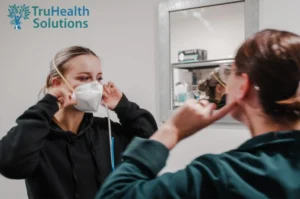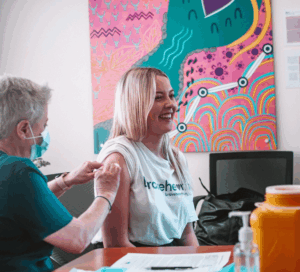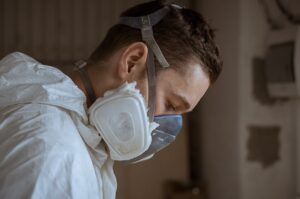John, just 19 years old and starting his career as a fencing labourer, came to see me last week with a painful, red, and watering eye. He thought it might just be dirt or dust—common nuisances when working with soil. But as we spoke, another detail emerged: John had been using a bandsaw overhead without any eye protection.
Sawdust, he admitted, could have easily fallen into his eye. He wasn’t wearing any eye protection – such as safety glasses, goggles, or visor, as he said that no one had told him that it was necessary. The impact of this oversight ( excuse the pun) was clear. John’s orbital oedema was visible, his vision blurred, and he confessed to a sleepless night of discomfort. His pain had slightly eased by the time we spoke, but the symptoms pointed to a foreign body in the eye or possibly a scratched cornea—both requiring urgent attention.
After consulting with the ER Registrar at a nearby satellite clinic, we ensured John had a referral for specialised care. Before he left, I took the opportunity to educate him on the importance of eye protection—not just as a requirement but as a personal safeguard. I also guided him on where to obtain them, empowering him to take charge of his own safety.
John’s story highlights two vital lessons: 1️⃣ Our eyes are incredibly vulnerable, and injuries can escalate rapidly without the right precautions. 2️⃣ Young workers, eager and inexperienced, need education in risk assessment and hazard identification—not just instructions.
Workplace safety isn’t just about following rules; it’s about fostering a mindset of preparedness.
As Occupational and Primary Healthcare professionals, our role extends beyond treatment. We’re educators, advocates, and sometimes the last line of defence in preventing avoidable injuries. Let’s ensure that every “John” we encounter leaves not only with relief but also with the tools and knowledge to protect themselves in the future. After all, vision is priceless. Let’s treat it that way.
protection-from-eye-injuries.pdf









